Morocco and the Netherlands plan to deliver renewable hydrogen produced in Morocco to steel and heavy industry facilities in the Netherlands through the “Green Hydrogen Bridge” project. This initiative is expected to play a key role in enabling the steel sector’s transition to low-carbon production, contributing to Europe’s 2050 carbon neutrality targets.
Tomas Olejniczak, Project Lead for Climate and Energy in the Netherlands, stated, “By 2050, we will need between 300 and 500 petajoules of renewable hydrogen. Hydrogen will replace coal in the steel and chemical sectors and help reduce industrial carbon emissions.”
Morocco, with its abundant solar and wind resources, can provide low-cost renewable energy, making it a reliable supplier for the Dutch steel industry. Its geographic proximity and short maritime routes reduce transport costs, positioning Morocco as a natural green hydrogen hub for Northwest Europe. Morocco’s largest investment, the Jorf Hydrogen Platform, backed by a €30 million grant from Germany’s KfW PtX Fund, will start producing 100,000 tons of green ammonia annually in 2026, supplying hydrogen for steel production.
Rotterdam Port is preparing the necessary infrastructure for importing hydrogen and its derivatives. The port facilities will be integrated with the Hydrogen Network Netherlands and the Delta-Rhine Corridor to ensure continuous supply to industrial clusters in the Netherlands and Germany. In the short term, ammonia and methanol shipping will be used, while pipeline connections are planned for longer-term cost reduction. Joint R&D and certification processes will ensure the hydrogen supply is traceable and sustainable.
The Netherlands’ projected hydrogen demand by 2050 offers new investment opportunities for Moroccan producers. The partnership will help reduce carbon emissions in Europe’s steel sector and allow Morocco to scale up its green hydrogen capacity globally.


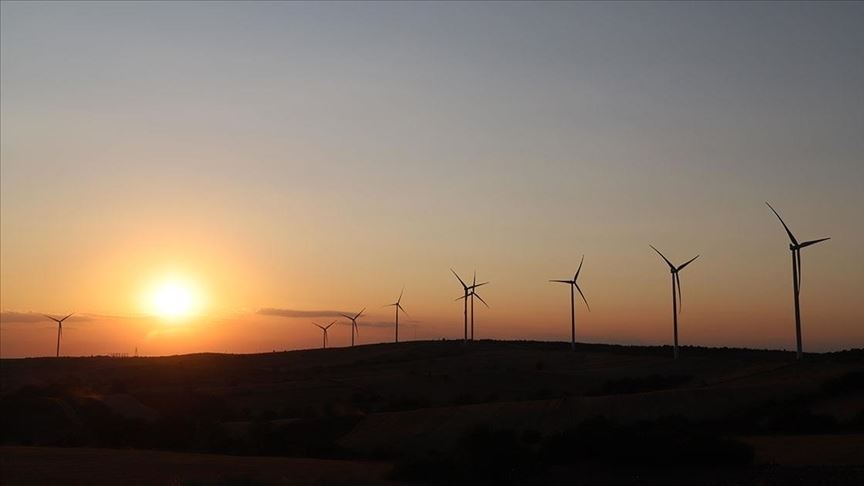
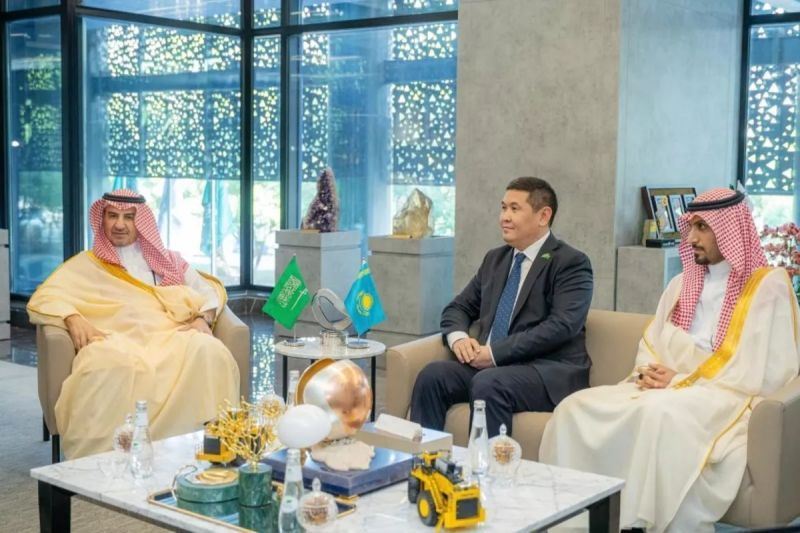
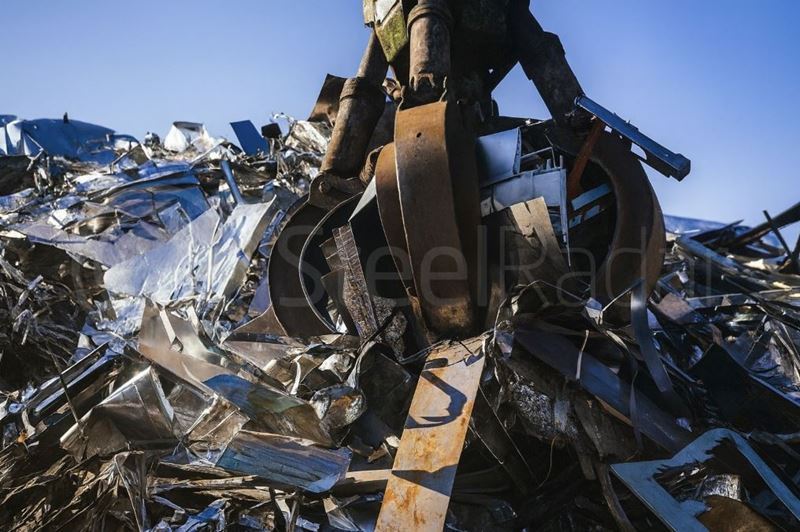
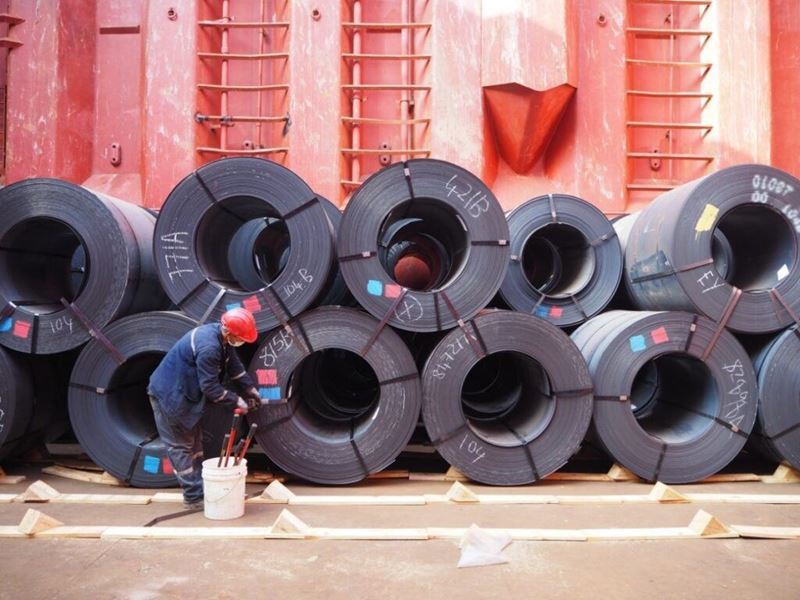
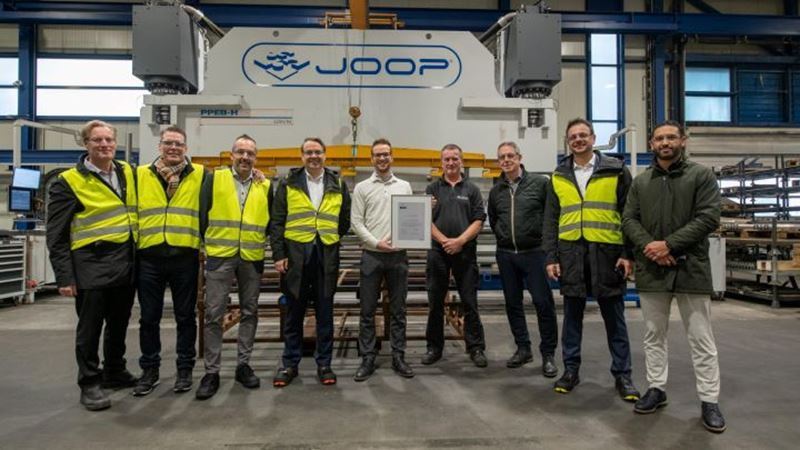
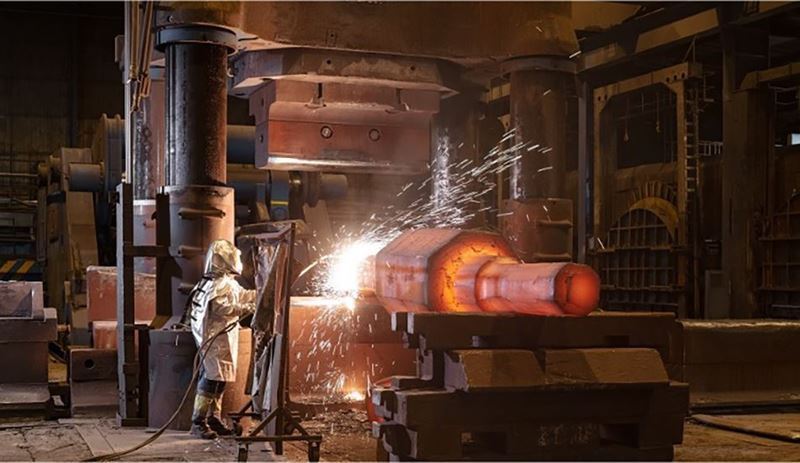

Comments
No comment yet.